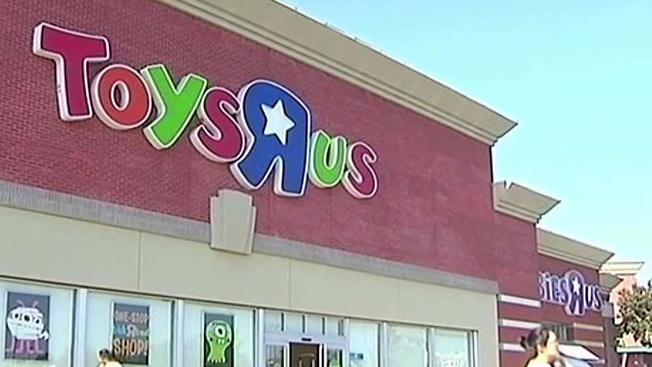
To paraphrase former Detroit Tigers pitcher Earl Wilson, "If you think nobody cares if you're alive, try missing a couple of mortgage payments. Everyone will come looking for you." One would think that, given the increase in commercial-mortgage loan defaults since 2008, there should by now be an efficient and certain process through which non-performing loans can be resolved. However, workouts still are oft en drawn-out and uncertain, and oft en take far longer than expected. This is particularly true in CMBS loans. The most difficult aspects of workouts revolve not around federal tax REMIC regulations and privately negotiated pooling and servicing agreement terms. Rather, the trickiest aspect of workouts revolves around differences between the lender and borrower about current real estate value, the lender's desire not to facilitate the borrowers' "gaming" of the system for future value appreciation and the relative bargaining power of both sides.
The lender frequently places a higher present value on the collateral than does the borrower. Valuation is not easy in today's market, given the lack of comparable sales. Frequently, many are distressed asset sales and not true indications of a normal market. If the lender's valuation is significantly higher than the borrower's, there may not be any possible workout deal except for a cooperative marketing of the property, a process most borrowers don't relish.
There is often a disconnect between the lender's and borrower's views of what should happen when a property's value has declined below the loan balance. The borrower's original deal with the lender gave it the unlimited upside that comes with leveraged capital appreciation: the borrower receives all of that appreciation and likely a significant rate of return. All the lender would receive was its contractually obligated fixed interest (and principal) payments. Therefore, from the lender's perspective, the borrower is not only legally, but also morally, compelled to turn over cash flow and collateral quickly.
From the borrower's perspective, if its mortgaged property has declined significantly in value and available cash flow from operations has similarly declined, the obvious and appropriate lender response should be to reduce the outstanding balance and make other debt service modifications so that the modified loan will have adequate current debt-service coverage and the ability to continue making required capital expenditures.
Lenders will oft en suggest that a borrower's objective in most workouts is to recast the loan so that the lender takes a hit to current market value while preserving the borrower's opportunity for the future upside. The lender will do a workout with a loan modification only if the net present value of the modification clearly exceeds the current liquidation value after factoring in the time and expense of getting title to the property and selling it. However, the lender's opportunity cost of doing a workout frequently makes an all-cash discounted payoff the only option for smaller loans.
One legal overlay on workouts is the presence or absence of a realistic bankruptcy option for the borrowing entity. Bankruptcy law is federal and, although there are some differences in case law among 11 different circuits, the law is fairly uniform. The borrower's advantage is the ability to "stay" any foreclosure process and, in limited circumstances, to compel the lender to accept a workout that it does not voluntarily agree to. Where bankruptcy is a realistic option, it is generally considered to be a potent tool to afford time to the borrower and significantly increase the lender's costs of loan enforcement. Nevertheless, the bankruptcy process on a standalone basis is unlikely to result in a favorable outcome for the borrower.
The most significant bankruptcy issue is the potential for what is called springing bankruptcy recourse, where the borrower's principal is made personally liable for the full loan amount. Some borrowers have argued that springing recourse should be considered void as against public policy; most courts have disagreed and have upheld the clause. Negotiating a problem loan's resolution is often a drawn-out process whose outcome is far from certain. A workout is possible, but for a borrower, it is important to know the rules and regulations, the "business culture" of the special servicer and to have realistic expectations of what can be accomplished and what is necessary for the long-term betterment of the asset.
GlobeSt.com News Hub is your link to relevant real estate and business stories from other local, regional and national publications.
© 2025 ALM Global, LLC, All Rights Reserved. Request academic re-use from www.copyright.com. All other uses, submit a request to [email protected]. For more information visit Asset & Logo Licensing.




